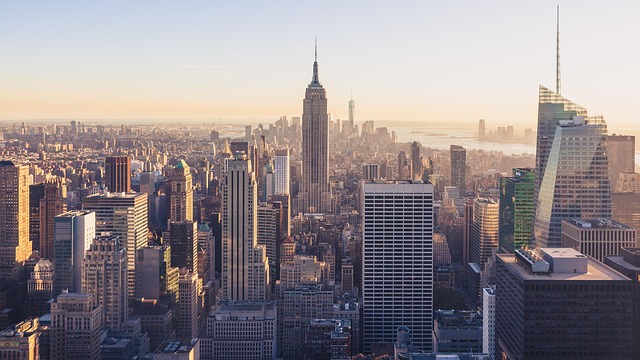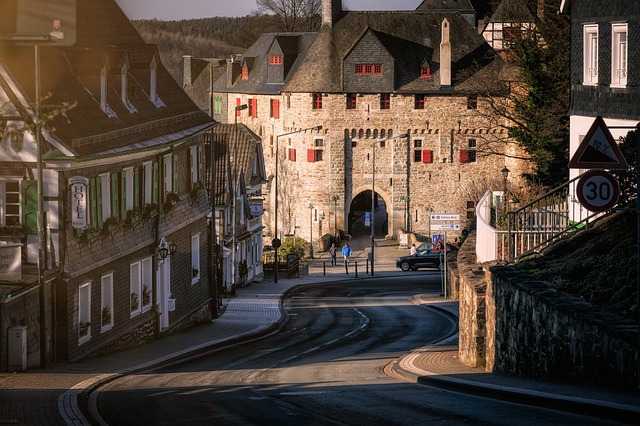Karachi, Pakistan's bustling metropolis, faces waste management challenges due to urbanization and population growth. However, the city has made significant strides by implementing efficient waste disposal and recycling practices, including organized systems like dedicated landfill sites, recycling centers, composting facilities, and waste-to-energy plants. Dalmia Road serves as a case study, showcasing both challenges and promising initiatives like business recycling programs for glass, metal, and plastic, as well as composting organic waste. These innovative solutions foster a circular economy and offer models for Karachi to implement comprehensive, eco-friendly, and economically viable waste management strategies.
“Waste management is a critical challenge facing vibrant cities like Karachi, with Dalmia Road serving as a microcosm of the urban waste disposal conundrum. This article delves into the intricate web of waste management practices in Karachi’s urban landscape, highlighting specific strategies and solutions. Through an in-depth case study focusing on Dalmia Road, we explore sustainable disposal methods that could revolutionize the way Karachi tackles its growing waste problem, ensuring a cleaner, healthier future for its folks.”
- Waste Management Practices in Karachi's Urban Fabric
- Dalmia Road: A Case Study on Sustainable Disposal Solutions
Waste Management Practices in Karachi's Urban Fabric

Karachi, as one of Pakistan’s most populous and vibrant cities, faces unique challenges when it comes to waste management within its urban fabric. The rapid growth and dense population have significantly impacted the city’s environment, making efficient waste disposal and recycling practices crucial for a sustainable future. In recent years, the authorities and local communities have been actively working on implementing various waste management strategies to combat this pressing issue.
The traditional method of open-air dumping has largely been replaced by more organized systems. These include dedicated landfill sites, recycling centers, and composting facilities, especially in an effort to reduce the environmental footprint. Additionally, Karachi has witnessed the rise of innovative solutions such as waste-to-energy plants, which not only divert waste from landfills but also generate clean energy, contributing to the city’s eco-friendly initiatives. Such practices are integral to the urban fabric of Karachi, ensuring a cleaner and healthier environment for its residents while promoting sustainable development.
Dalmia Road: A Case Study on Sustainable Disposal Solutions

Dalmia Road, a bustling thoroughfare in Karachi, presents an interesting case study for understanding the challenges and opportunities in urban waste management. The area, like many others in the metropolis, grapples with the accumulation of solid waste, from plastic and paper to organic debris. However, it also serves as a microcosm for exploring innovative disposal solutions that can benefit the entire city.
Local initiatives have begun to transform waste into valuable resources. For instance, some businesses along Dalmia Road have adopted recycling programs, sorting and processing materials like glass, metal, and plastic. Moreover, organic waste is being utilized for composting, enriching local gardens and promoting sustainable agriculture practices. These efforts not only reduce the environmental impact but also create a circular economy, where waste becomes a valuable input rather than a burden. Karachi can learn from these models to implement comprehensive waste management strategies that are both eco-friendly and economically viable.
Karachi, as a bustling metropolis, faces unique challenges in waste management. The case study of Dalmia Road demonstrates that sustainable disposal solutions can be effectively implemented, even in urban areas with high population density. By integrating eco-friendly practices and innovative technologies, Karachi can enhance its waste management strategies, leading to a cleaner and healthier environment for its residents. This approach is crucial for the city’s long-term development and well-being.



